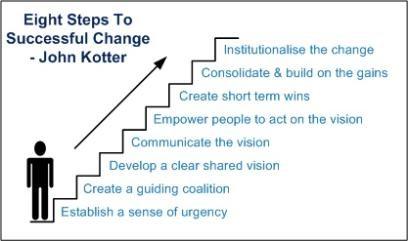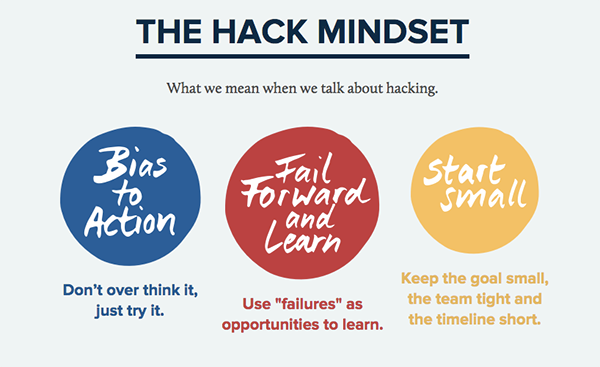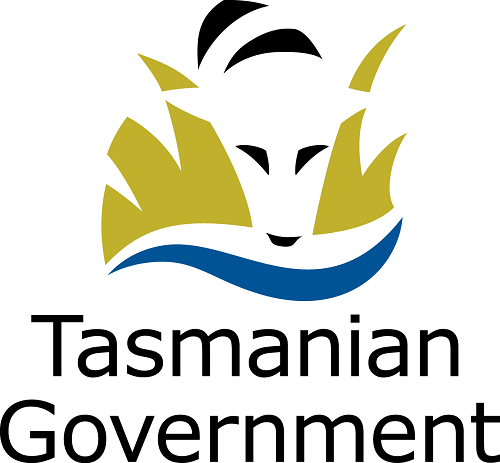All Aboard - A whole school approach to implementing the DT Curriculum at Taroona PS TAS

Some amazing things have been happening in Tasmania's Taroona Primary School over the past few years!
The school which overlooks the Derwent River estuary in a natural bushland environment has embraced a whole school approach to implementing digital technologies, led by Principal Danielle Bresnehan and Digital Technologies Leader, Hilary Purdie. In this article, Hilary Purdie, 2019 Finalist ACS Digital Disruptors ICT Educator of the Year, outlines the Taroona approach to whole school implementation.
The opportunity to introduce the Digital Technologies (DT) curriculum in 2016 was exciting, building on our school’s 1:1 iPad program. However, the many new concepts and languages in the DT learning area meant that we needed to adopt a creative approach to upskilling our team. While teachers were generally keen in theory, the reality of intentionally using inquiry pedagogies with students to explore seemingly foreign concepts, language and technologies of DT was quite a different story, and difficult to action in classrooms.
A new lens was needed for our professional learning - one that would support teachers to overcome their fears of ‘not being the expert’, that would scaffold for success, and enable authentic application in the classroom. We devised an 18 month coaching model, where a team of self-selected teachers studied together to become DT coaches, before co-planning and co-teaching over three terms with a partner teacher in the school. During the coaches’ learning phase, the team engaged in the CSER MOOCs, CSER MOOC community & CS Unplugged, established a vision for DT in our school and took on collective responsibility for building industry and community connections, communicating with stakeholders and organising and managing resources.
We used John Kotter’s Eight Steps to Successful Change to guide the implementation.

The following steps were key to the success of bringing all teachers on board in a new and challenging learning area:
- creating a guiding coalition
- developing a clear, shared vision
- creating short term wins
CREATING A GUIDING COALITION
Taroona Primary has the usual spectrum of teacher attitudes to new learning – early adopters keen to jump in and give it a go, through to teachers who approach new ideas with caution, needing assurance and evidence before dipping their toes in the water. We put out a call for anyone interested in becoming a coach, with clear expectations that coaches would need to engage in the CSER MOOC and in-house PL over a period of 2 terms. Following this, they would be working in a coaching role with another teacher to introduce the curriculum in classrooms. We had nine in our coaching team - five early adopter teachers, joining the four members of our leadership team.
From the outset we were intentional about establishing a ‘culture of learning’ in our coaching team. Early sessions focused on our own growth mindset in new and challenging learning, and we spent some time understanding the characteristics of C21st educators.
Together we developed a Working Together Agreement, agreeing to actions such as:
- being kind to ourselves and each other as learners
- being willing to take risks as learners and leaders
- developing 21st century habits of mind
- valuing the diversity of learning styles and ‘point of readiness’ across the school
The value of empowering a diverse team of people from across all sections of the school cannot be underestimated. The message that this was important and exciting new learning was not coming from the leadership team only. Each coach already had strong, trusting relationships with colleagues across the school, which meant the co-planning and co-teaching was non-threatening and personalised – very much a team effort.
DEVELOPING A CLEAR, SHARED VISION
The leadership team were upfront that this was new learning for all, making it clear that the whole team had shared responsibility to lead the learning. During the initial learning phase, coaches teamed up to research, plan and deliver unplugged learning for the rest of the coaching team. We also divvied up responsibilities of connecting with stakeholders, communicating with school community, and organising and managing resources. Throughout the CSER MOOC study phase we shared new learning and found the CSER community to be a rich resource for ideas and inspiration. This distributed leadership approach proved to be key to the success of the project, and a strong sense of shared ownership has endured, extending beyond the DT rollout.
The coaches team developed our vision for Digital Technologies in our learning community, manifesting as our Digi Tech Ship – the sail representing our aspiration (what we are hoping for), the portholes representing our defined behaviours (what we will see in our school) (see image at top of article).
CREATING SHORT TERM WINS
Following the coaches’ CSER MOOC learning phase, coaches and teachers were provided release time on a weekly rotation – one week to co-plan, one week to co-teach. In an already rich and busy learning environment, we were mindful of making the introduction to a new curriculum area achievable. We deliberately kept our first term goals small, focusing on porthole #1. Our goals across the school were to:
- establish the languages of DT
- make connections to student lives, and across curriculum
Our thinking here was guided by the Stanford d.school’s hacking approach – bias to action, fail forward and start small.

THE NEW LEARNING CONTINUES…
Since the early phase of implementing the DT curriculum, we have seen a shift towards our teachers and students working in the second and third portholes. The second last stage of Kotter’s model is critical to ensure new learning is embedded – consolidate and build on the gains. Implementation has been a stop-start process in amongst competing focus areas, and has required the leadership team to re-ignite the fire at times, to ensure the new learning is not left behind.
This has paid off, as two years since first sowing the seeds with our early adopters, we are enjoying the fruits of our labour. Daily in our learning community we are seeing students and teachers experimenting, thinking and talking the languages of the DT curriculum, integrating DT across many subject areas and increasingly thinking of digital tech as a way to solve authentic problems and augment their learning.

Taroona Primary School - was a recipient of the first round of the Australian Government Department of Education and Training’s Digital Literacy School Grants - enhancing digital literacy through a whole of school approach Program.
You can find out more about Taroona Primary School's approach by checking out their videos:
- Digital Technologies - Overview of Implementation
- Digital Technologies - Coaches and Teachers Video
- Student Driven Learning - Litter Project 2019
Thank you to Hilary for sharing such a comprehensive description of Taroona Primary School's journey over the last few years! if you would like to share your story with us, particularly about how the CSER Team has been of support to your implementation of the DT Curriculum please contact us at mailto:cser@adelaide.edu.au.
